“Etna is the holy mountain that overlooks at the sea,” Chef Seby Sorbello of Sabir Gourmanderie in Zafferana Etnea says of his beloved home. Sorbello has studied Sicily’s Mount Etna for the majority of his life. He recalls growing up on the mountain; he tells me about how his grandmother made coffee from its melted snow. It’s not only the place in which he lives, it is the inspiration for his body of work, and a life force that sustains him.
Sorbello isn’t the only Sicilian with a deeply personal connection to the volcano. It’s hard to overstate the looming presence of Mount Etna over the entire island. At eleven thousand feet above sea level at its highest point, Mother Etna—as she is lovingly called by locals—dominates the Italian region just shy of five hundred square miles. She looms eerily from almost every vantage point as if following you around. Her majesty can be seen from the highest terraces of boutique hotels, right down to the grittiest street levels, peering around each corner and down every corridor.
And the mountain is as diverse as Sicily’s landscape and scenery. “Every floor of Etna is different, every floor of magma is different. Each with different smells, flowers,” Sorbello says, and he finds as much use for that flora and fauna as possible in his dishes. And he’s not alone in his appreciation of the mountain’s bounty. Etna is a now a UNESCO world heritage site, not only noted for its massive size and activity, but for the vast diversity of ecosystems and landscapes. Agriculturally, it’s home to olive and citrus groves, apiaries and vineyards, fragrant mushrooms and luxurious truffles, and more than a hundred kinds of wild herbs, inspiring fervent culinary followings.
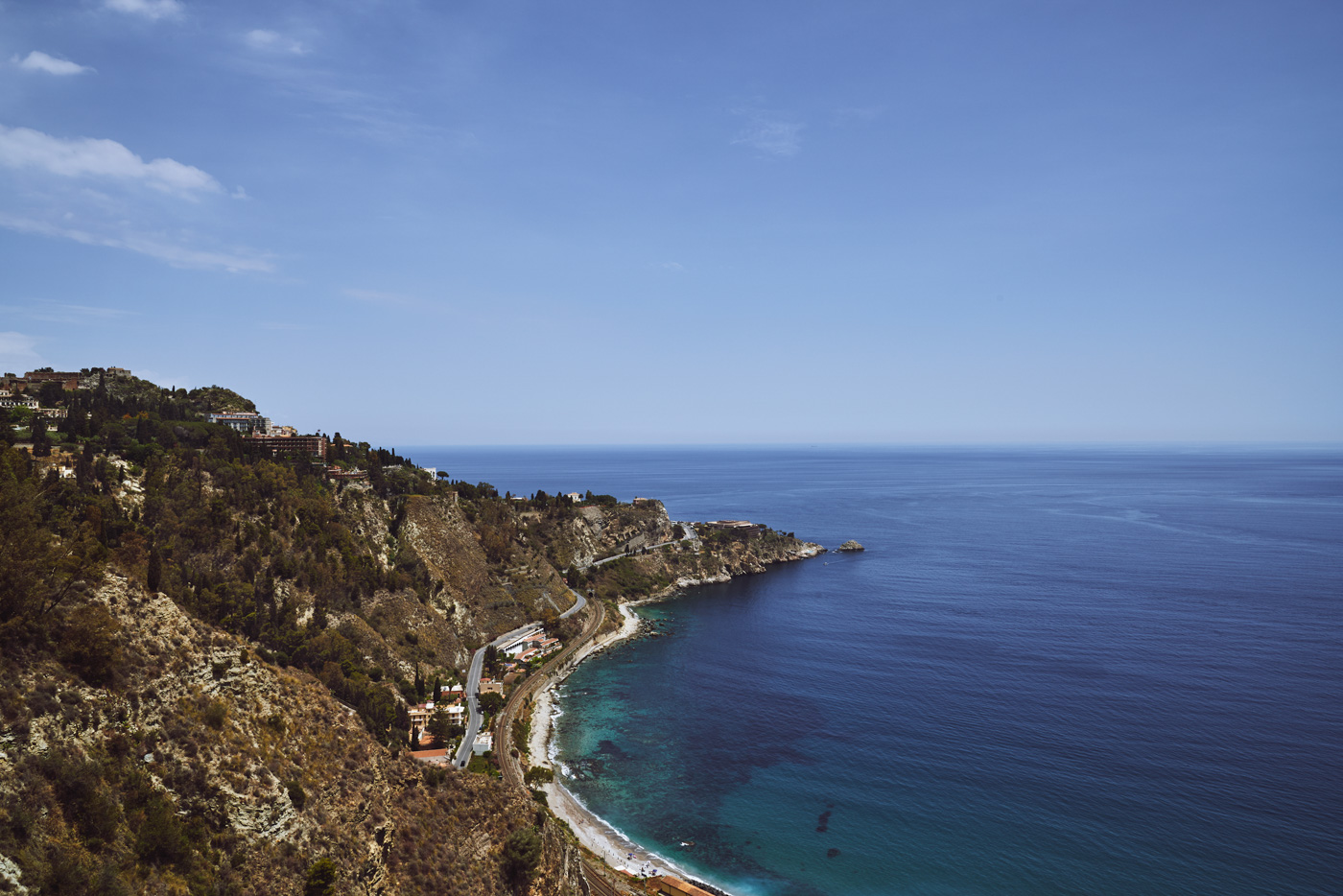
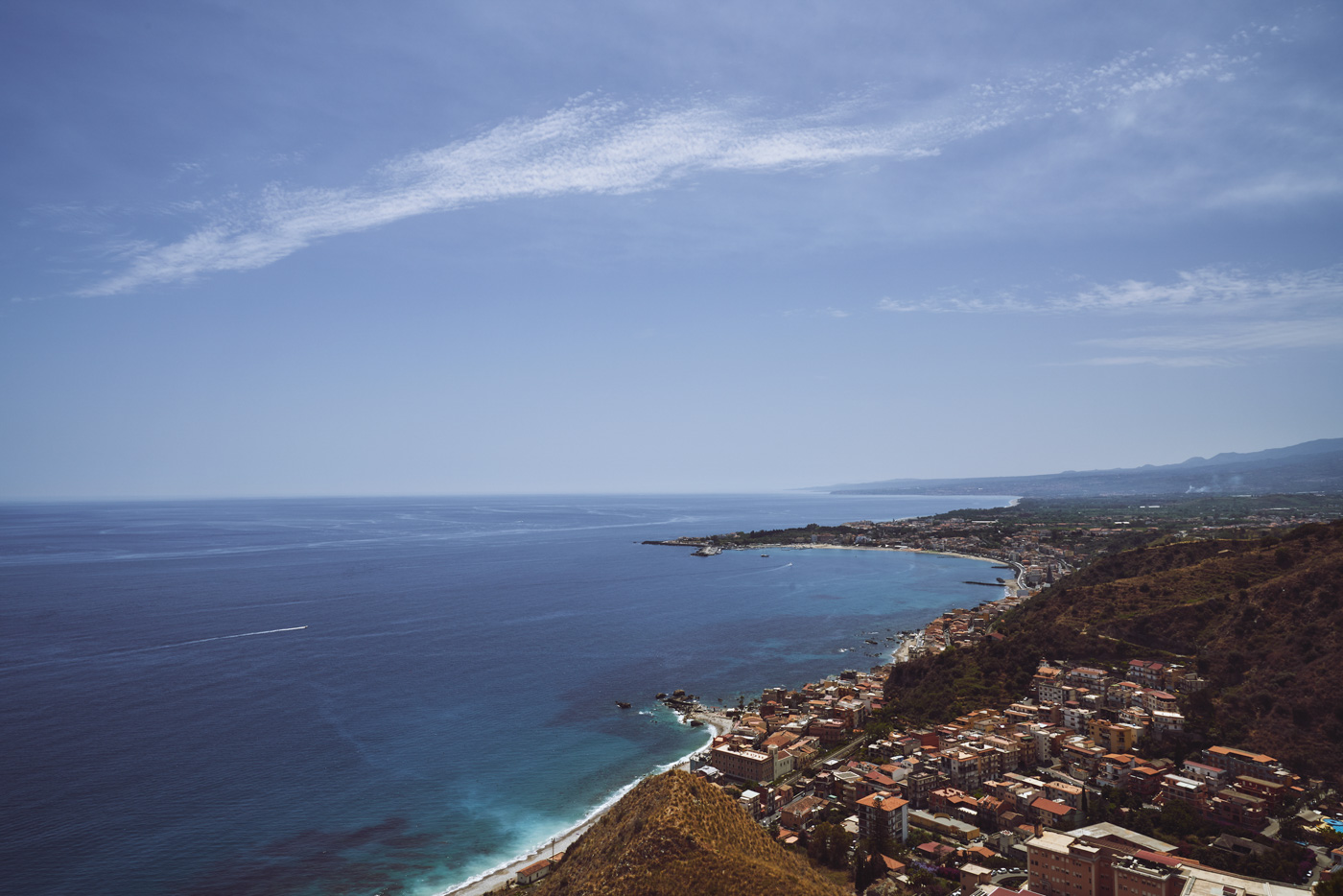
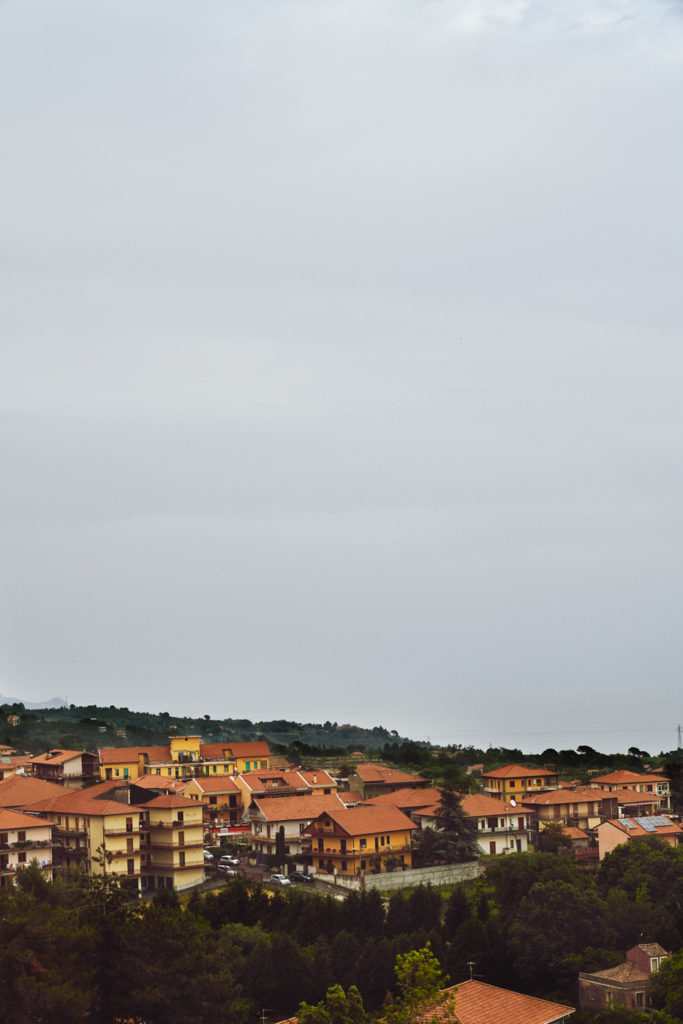
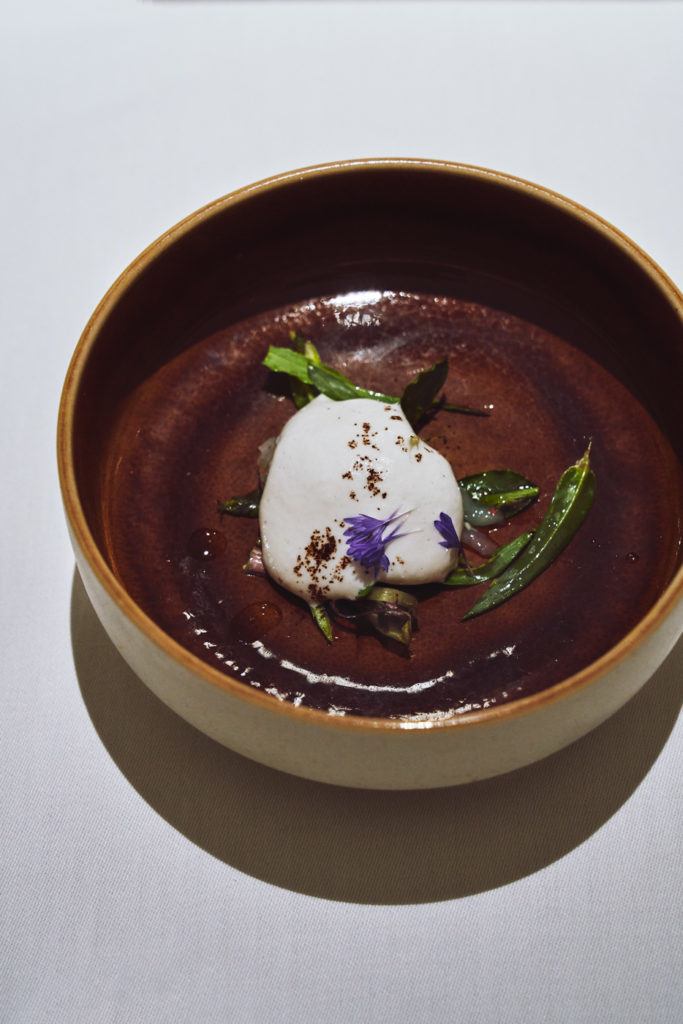
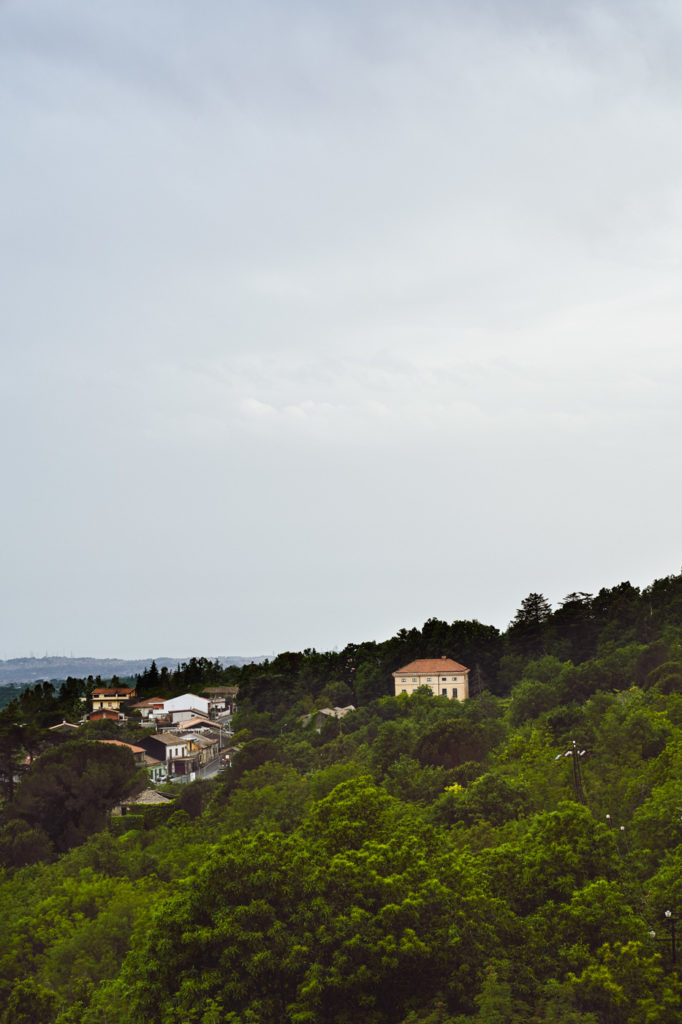
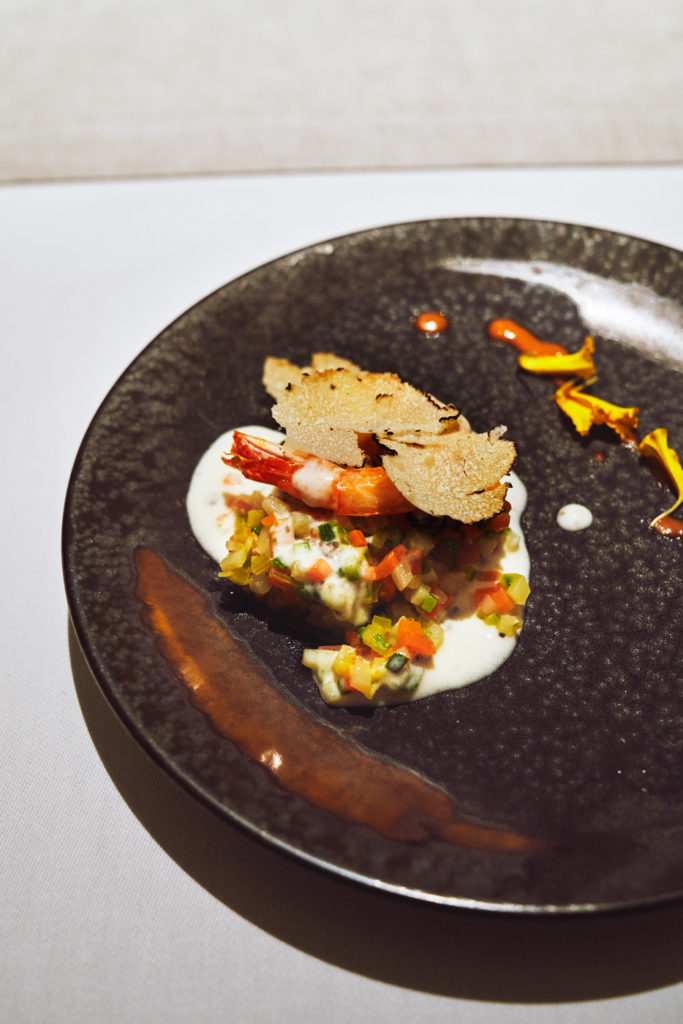
Its size and elevation provide dramatic ranges in temperature between night and day, and its slopes are exposed to sunlight that can be especially powerful. But more than anything, when one talks about volcanic agriculture, the conversation always comes down to earth: volcanic soils comprised of basalt, pumice and ash. The activity of Etna—she erupts about fourteen times annually—means the landscape of the mountain is constantly shifting, and the composition is always evolving.
Farming on Etna is a gamble, owing to the fact that at any given time, farmers can lose their crop to eruption. But perhaps that sense of high-stakes agriculture contributes to the intense appreciation of its products. Given its extremely active state, the mountain constantly replenishes that special soil—but it also restricts human interference. The treacherous terrain and risk factor involved means much of the farming on Etna isn’t subject to modern mechanization; picking and processing instead often done by hand.
Residents speak casually about red sparks that can be seen flying from its peak now and then, as if harmless streamers for a regional party. Whether or not they enjoy the fireworks, there is no question Sicilians adore the spoils of their magma-bearing matriarch. It’s tough to choose from the many gems the mountain so generously provides, but this brief list is a primer on a few you can count on finding.
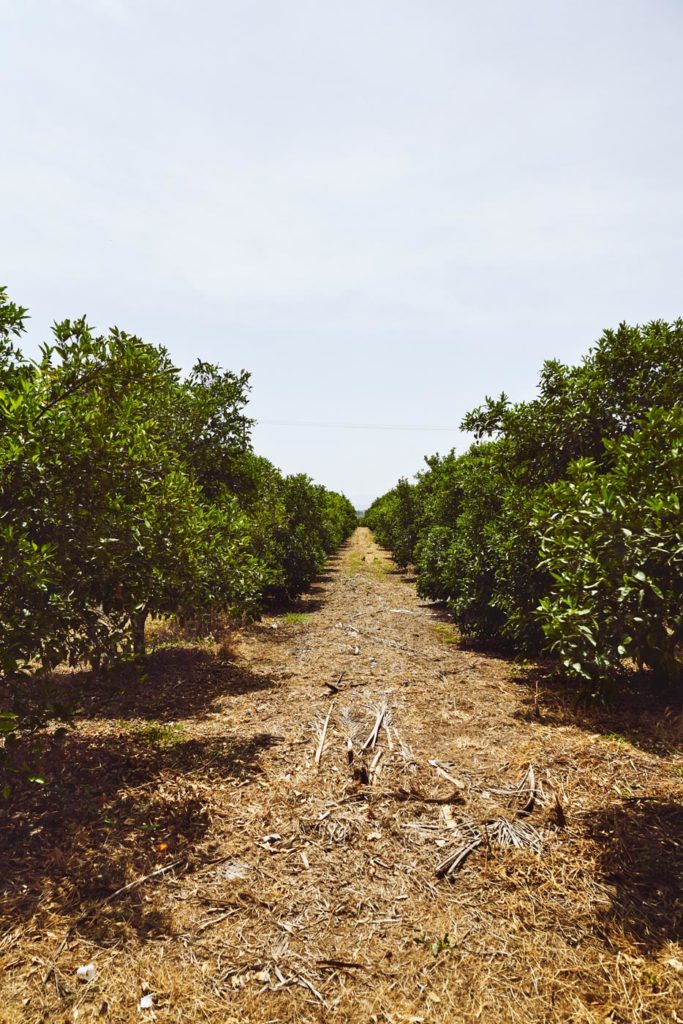
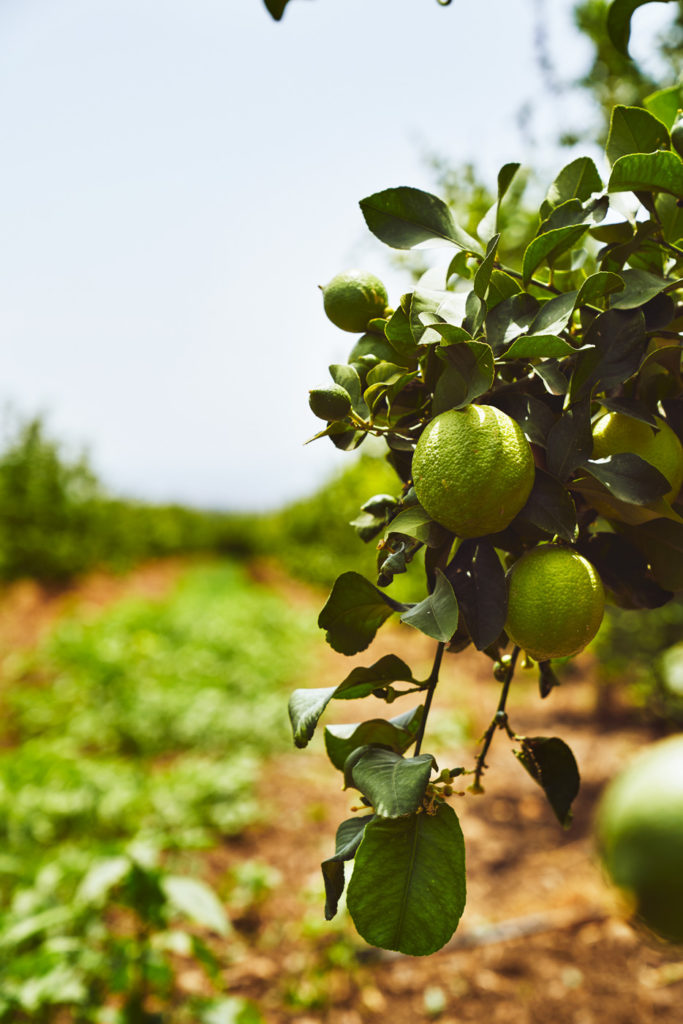
Blood Oranges
Italians consume the most fresh fruit in the entire European Union, and citrus still holds a special spot in their cuori. Anyone who has traveled through the country and visited a café—or an airport, gas station, or train terminal for that matter—is likely to have come across a vending machine happily turning out orange juice. And I’m not talking cartons of the from-concentrate stuff, but honest-to-god, before-your-very-eyes fresh-squeezed juice.
Out in the wild, the island’s warm air is tinged with an ever-present tang and a bitter, pithy essence of citrus oil—an indication that you’re never far from a grove. Sicily produces more than half of Italian citrus, with oranges being a major part of that makeup. And, as if playing directly to the culture’s theatrical sensibility, the region is most well known for the deeply colored, melodramatic blood oranges. An IGP designation (Indicazione Geografica Protetta, or Indication of Geographic Protection) exists for the three varieties: Moro, Sanguinello, and the largest and sweetest of the bunch, Torocco.
These oranges get their deep pigment from anthocyanin, a flavonoid pigment that manifests in plantlife as blue, purple or red (think blueberries, purple cauliflower, raspberries). The compound is produced as a defense mechanism for plants against the elements: dry heat, hot summers, and cool winters. The more stress the vegetation faces, the richer the color. Thanks to Etna’s major swings in temperature, the fruit grown on its face tends to be especially bold.
Anthocyanin is a strong antioxidant as well, and all varieties are exceptionally high in vitamin C, making a glass of succo d’arancia rossa part of this complete breakfast. But it ain’t all about health. Flavor-wise, Etna’s blood oranges are tart and tangy, and provide an ideal acidic counterpoint to savory dishes or salty pecorino cheese. Sicilians pair them with thinly sliced fennel for a bright, crisp salad, squeeze them into cocktails, steep them into amari for bitterness, or candy their peels for pastries. The burgundian hue adds flair to scoops of gelati and sorbetto, and of course, the iconic Sicilian granita.
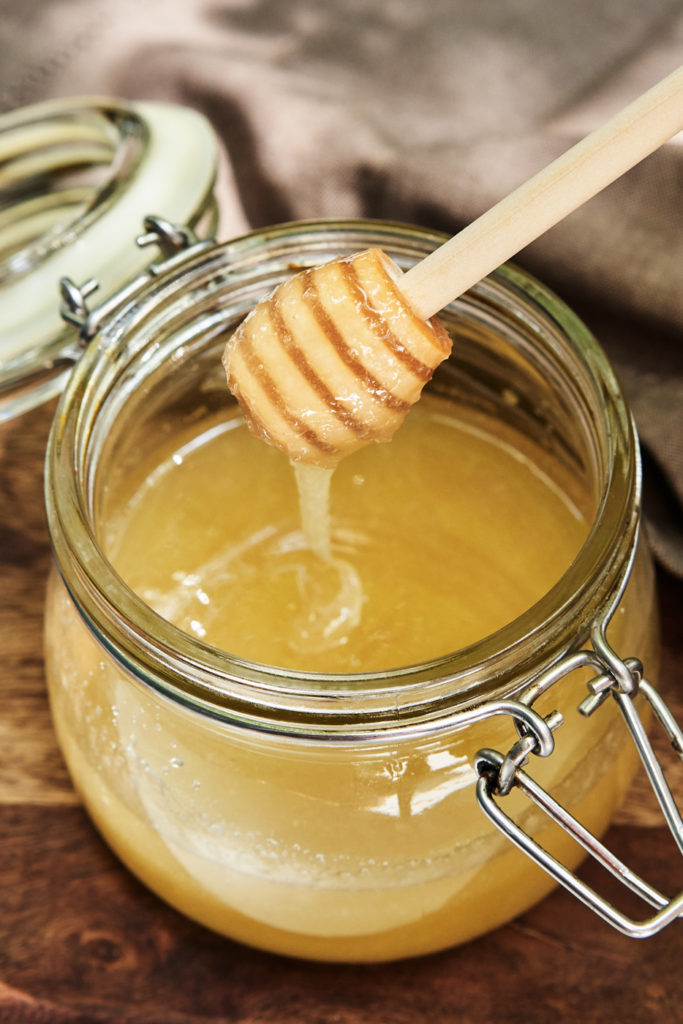
Zafferana Honey
Zafferana Etnea, a town on the southeastern side of Mount Etna, is so culturally tied to the stuff that it is referred to as “village of honey,” and it’s even home to a beekeeping museum for the sweet-seeking traveler. The Sicilian Black Bee is the area’s most celebrated worker, but the honey industry is a main source of income for the town and its ten thousand residents, with production accounting for more than twenty percent of the honey in Italy.
In the northernmost community on Mount Etna, the majority of this liquid gold is citrus blossom, although other varieties are produced (chestnut among them). Each October, the city also hosts Ottobrata Zafferanese, a festival that takes place every Sunday during which guests can sample local specialties—with the prized honey being a focal point.
Happily, this beautiful sweet liquid finds its way into plenty of Sicilian specialties. It’s used in iterations of mostaccioli—a biscotto often made with almond flour, spices and orange zest—as well as zeppole, a fried rice treat served sticky with honey, often orange blossom, dusted with cinnamon and powdered sugar (not to be confused with the airy ricotta-based version common at stateside festivals).


Etna Wine
Perhaps the most influential of its specialties in recent years, Etna wines are now a source of global renown, putting Sicily on the map of the wine and dining world in a major way. Vineyards have existed on Etna as far back as the sixth century, when Greeks dominated the island; the area was given its DOC status in the late 1960s. But it wasn’t until the 1990s that a few powerhouse winemakers began to shift their focus from quantity to quality, and observe the unique properties the volcano’s ground gave their juice.
When talking about Sicilian wines, words like “volcanic soil” and “minerality” get tossed around a lot. But how that manifests in the glass can be mystifying to some wine-drinkers. Generally speaking, wines produced from volcanic soil are especially earthy or flinty—even salty or smoky—with savory characteristics and bold structure.
Etna Rosso and Etna Bianco are primarily made from Nerello Mascalese and Carricante grapes, respectively. Reds tend to display bold fruit like cherry, and leather, while whites can be crisp and saline with notes ranging from citrus fruit to herbaceous mint and anise. They’re a natural fit for so many Sicilian dishes, but are a delight to drink all on their own, preferably with a view of the volcano.
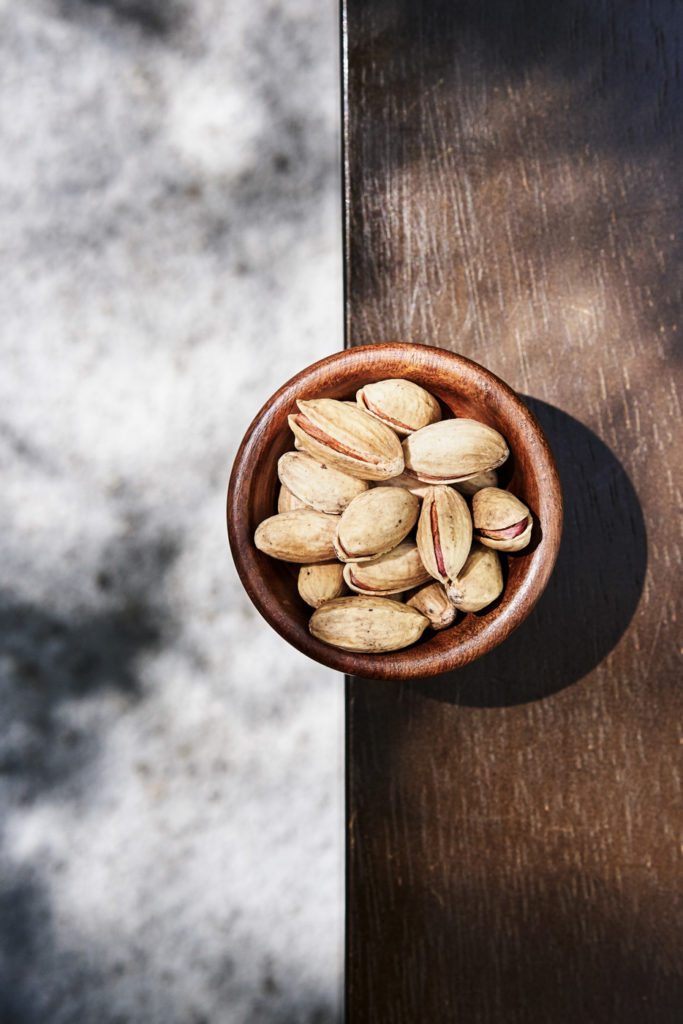
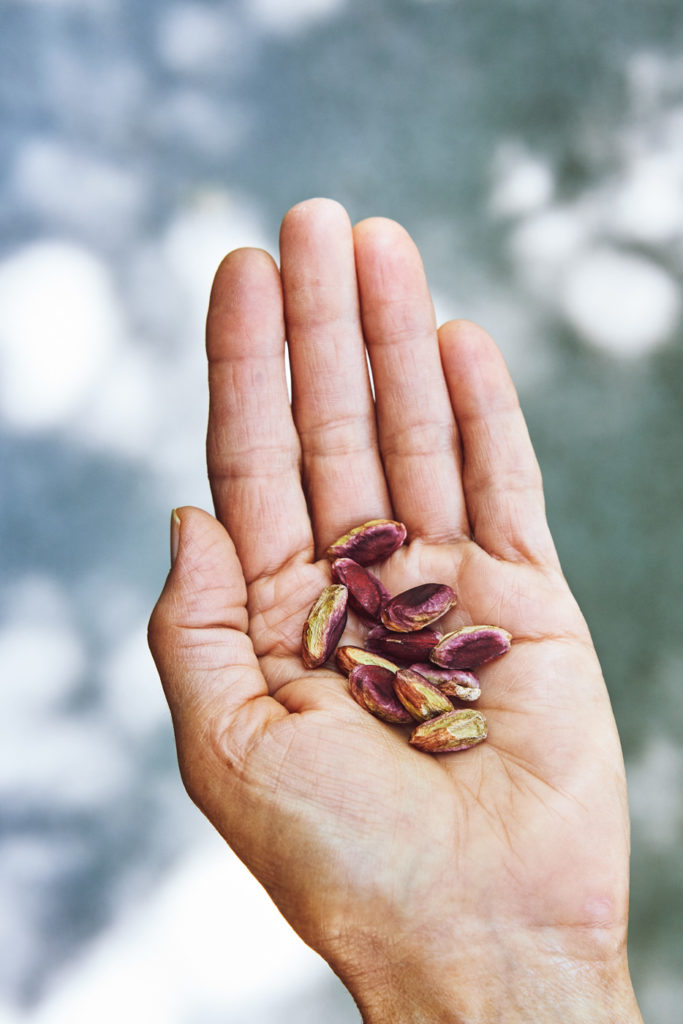
Bronte Pistachios
Take a stroll down the cobbled streets of some charming Sicilian town, and you’ll invariably be deposited into one little shop or another that carries an awful lot of pistachio products—or be dedicated entirely to the tiny seed. The Bronte pistachio is a proud owner of a DOP, (Denominazione di Origine Protetta, or Designation of Protected Origin), guaranteeing consumers that it’s been grown and harvested according to certain traditions and standards, and is derived from a specific geographical region—in this case, the base of Mount Etna in Bronte.
Their appearance on the island is likely another result of early Arab influence, but regardless of origin, Bronte pistachios aren’t your garden variety drupes. There’s something majestic about their appearance, probably owing to the fact that the kernel is not only a much more intense green than its international sisters, but also gilded in rich purple. These are smaller, more intensely flavored and fragrant, a balance between sweet and salty that plays well in so many culinary preparations, with a healthy fat content to boot.
Harvest is still done by hand each year around August and September, during which time residents young and old gather to shake the trees and relieve branches of their bounty—a laborious process that results in a hefty price tag (they’re worth it, trust me). Although their cultivation is a major part of the local economy, production in Bronte makes up only about a one-percent contribution to the global pistachio market.
There is perhaps no greater evidence of Sicilians’ wish to represent their distinctive products in every format possible than the ubiquity of this pistachio. They show up in all kinds of classic sweets—as the nutty base for dense, creamy gelato, or crushed into a crust for their famous cannolo. But you’ll also find them popping up in the savory—as studs in cured meats and charcuterie, ground into a pesto to dress delicate pasta, even as a nut flour base for fresh pastas themselves.
This story was made possible with the support of La Cook, in collaboration with Cibo Nostrum and Seby Sorbello.





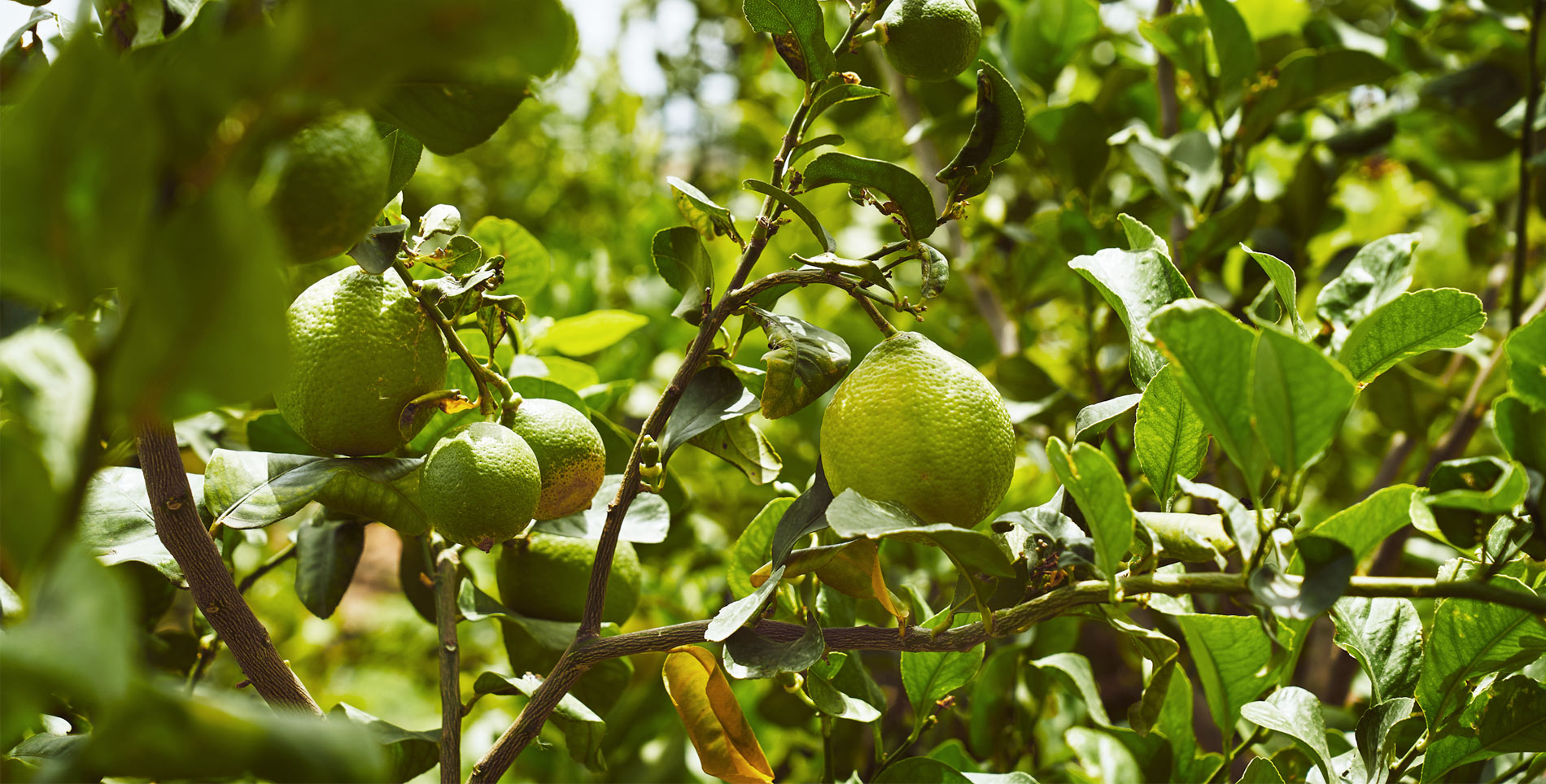

Our comments section is for members only.
Join today to gain exclusive access.